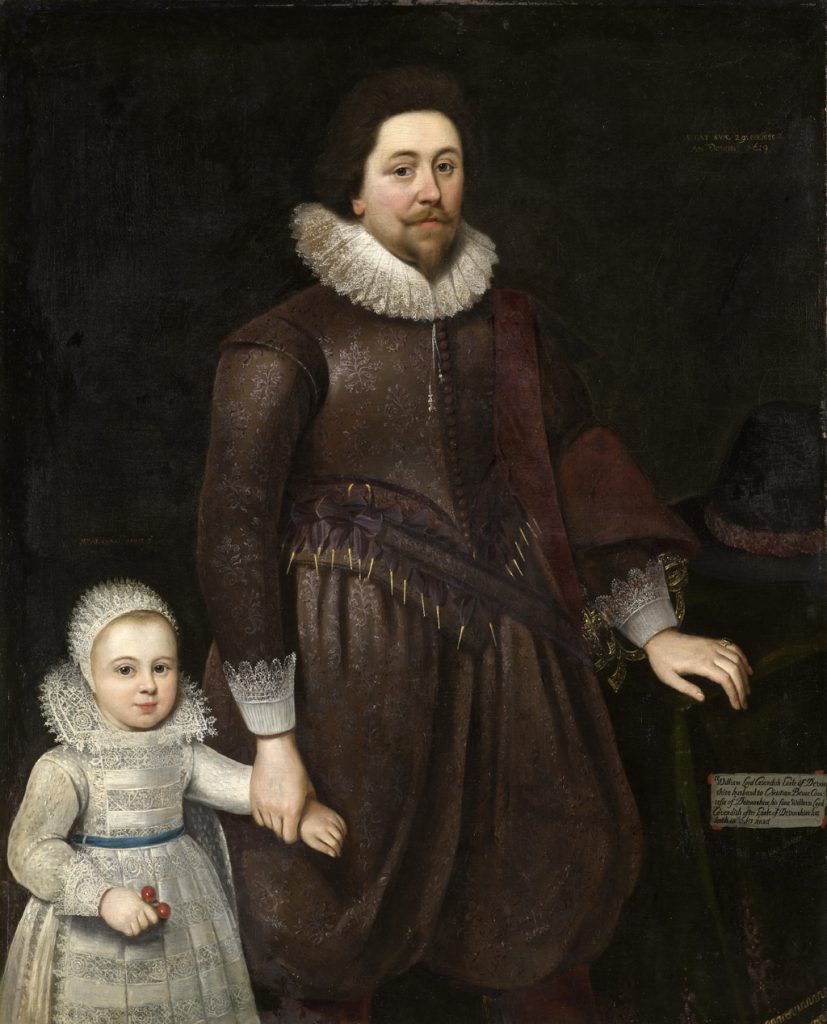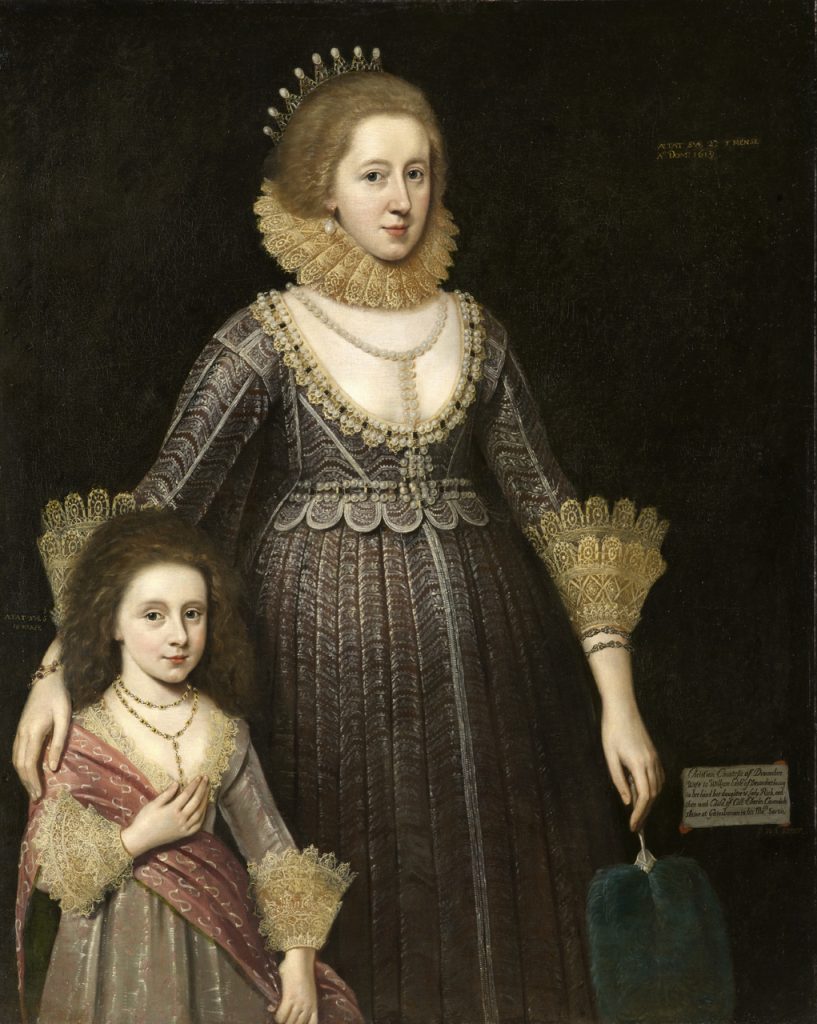Vocabulary
portrait
lace
oval
circle
head
neck
shoulders
arms
hands
photograph
invent
Features: eyes, nose, mouth, eyebrows, etc.
Materials
Family portraits (photographs of students’ families)
photographs of people from different time periods that show what they wore
construction paper in a wide range of flesh tones, black and blue
scraps in yellow, brown, black, red
12 x 18” construction paper (for background)
nontoxic crayon
1/2 paper lace doily per child
Elmer’s glue
small amount of metallic paper scraps
Extension Activities for Teachers
- Discuss with class clothing preferences and how people dressed differently during different time periods. Set up costumes in the dramatic play area for children to try. Take a poll to see what type of clothing students prefer.
Extension Activities for Families
- Get out old photographs of your child or other family members. Talk about what their/your favorite clothing was at a particular age/time. Talk about special clothing for different activities, such as sports, place of worship, a wedding, etc.
- Come to the North Carolina Museum of Art and look at the portraits of people from long ago in their beautiful clothing and jewels.
Suggested Books for Classroom Library
Ajmera, Maya, Elise Hofer Derstine, and Cynthia Pon. What We Wear: Dressing Up Around the World. Charlesbridge, 2012. [ISBN 978-1-58089-416-6]
Brent, Lynnette R. At Play: Long Ago and Today. Heinemann Library, 2003. [ISBN 978-1-40344-538-4]
Brent, Lynnette R. At Work: Long Ago and Today. Heinemann Library, 2003. [ISBN 978-1-40344-542-1]
Doudna, Kelly. Clothing Around the World. ABDO, 2004. [ISBN 978-1-59197-565-6]
Links

